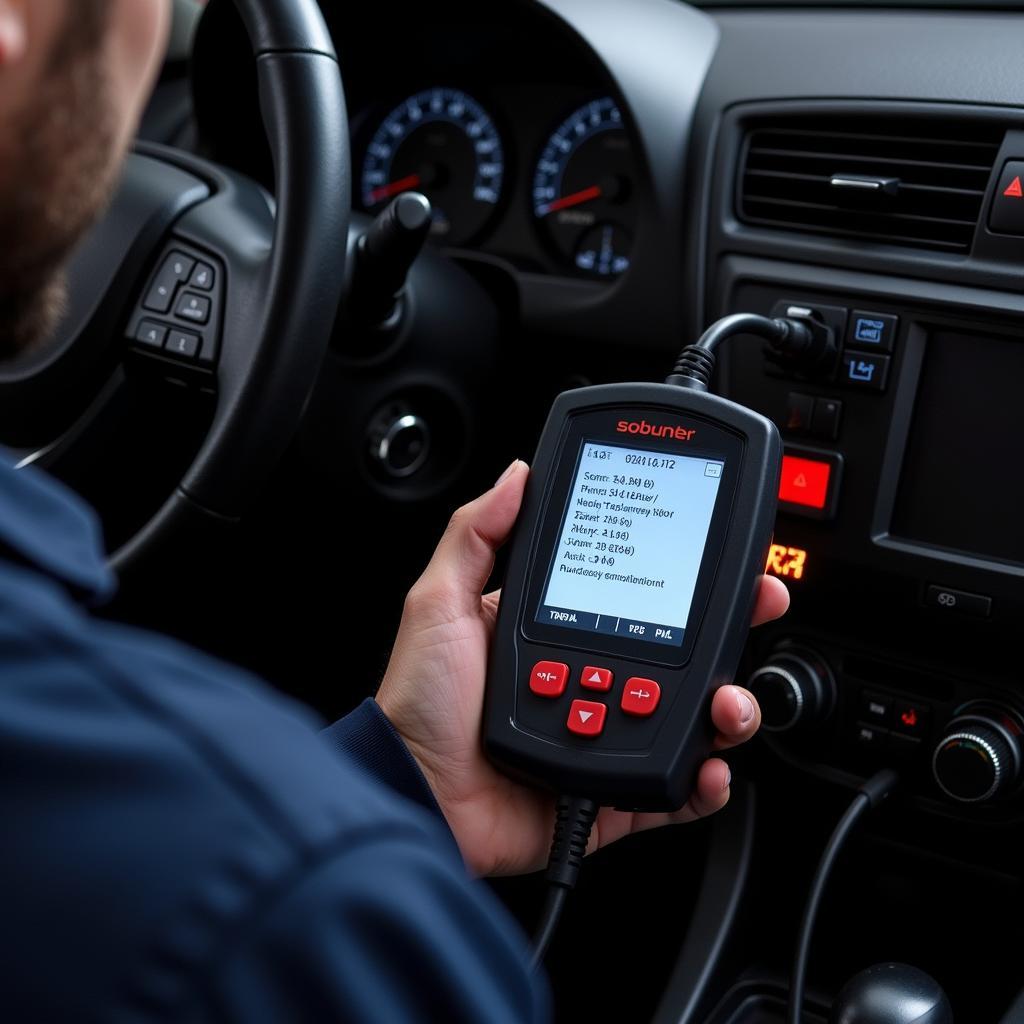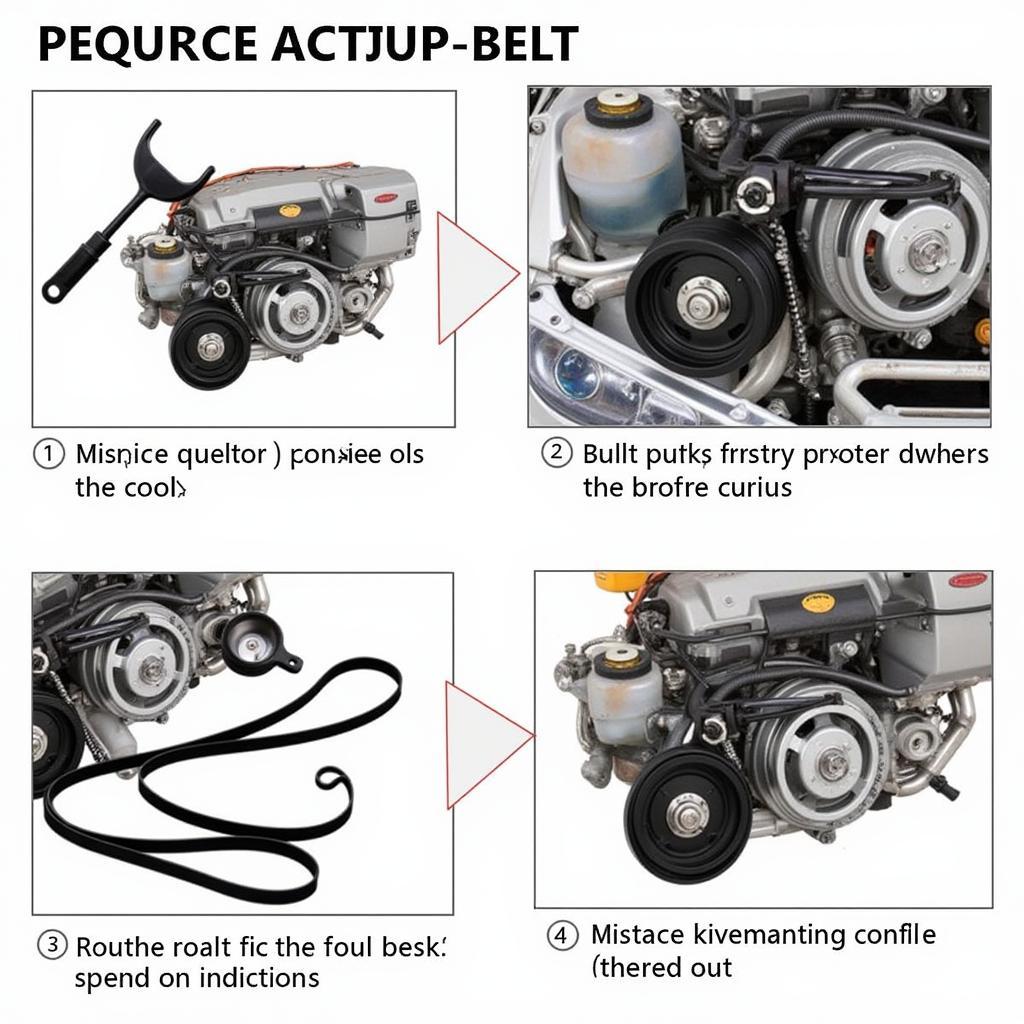A dead battery can sometimes trigger a check engine light, leaving drivers puzzled. This article explores the relationship between a dead battery and the check engine light, providing insights into why it happens and how to address it. check engine light dead battery
Why a Dead Battery Can Cause a Check Engine Light
When your car battery dies, the electrical system experiences a significant voltage drop. This drop can disrupt the stored data in the car’s computer, also known as the Engine Control Unit (ECU). The ECU monitors various sensors throughout the vehicle, and a voltage fluctuation can cause it to log error codes, triggering the check engine light. These codes might not indicate a genuine problem but rather a temporary disruption caused by the dead battery. This can be especially true with modern vehicles that rely heavily on complex electronics.
Low voltage can also affect the performance of various sensors and components. For example, a low voltage might cause the oxygen sensor to send incorrect readings to the ECU, leading to a check engine light.
Troubleshooting a Check Engine Light After a Dead Battery
The first step after jump-starting or replacing a dead battery is to check if the check engine light remains on. dead battery and check engine light Sometimes, the light will turn off on its own after a few driving cycles. If it persists, you can try disconnecting the battery for a short period (around 15-20 minutes) to reset the ECU. This can sometimes clear the error codes related to the low voltage condition.
“Disconnecting the battery is often the simplest first step. However, if the light persists, professional diagnostics are crucial,” advises John Smith, Senior Automotive Diagnostic Technician at Advanced Auto Solutions.
 Car Diagnostic Tool Check Engine Light
Car Diagnostic Tool Check Engine Light
When to Seek Professional Help
If the check engine light stays on after resetting the ECU, it’s crucial to have a professional diagnose the issue. While a dead battery can trigger the check engine light, the light could also indicate an underlying problem unrelated to the battery. check engine light battery dead Using a diagnostic scanner, a technician can retrieve the specific error codes stored in the ECU and pinpoint the exact cause of the illuminated light.
“Don’t ignore a persistent check engine light. It could be a minor issue or a sign of something more serious that requires immediate attention,” warns Maria Garcia, Lead Electrical Systems Engineer at AutoTech Innovations.
check engine light on after dead battery
Preventing Dead Battery Related Check Engine Lights
Regular battery maintenance is crucial. Ensuring your battery terminals are clean and corrosion-free can help prevent unexpected battery failure. Also, be mindful of parasitic draws that could drain your battery while the car is off.
check engine light after dead battery
Conclusion
A dead battery and a check engine light can be connected, often due to voltage fluctuations affecting the car’s ECU. While a simple battery reset can sometimes resolve the issue, a persistent check engine light warrants professional attention. Addressing potential problems early can save you time, money, and prevent more significant issues down the road. Remember, regular battery maintenance is essential for a healthy vehicle.


